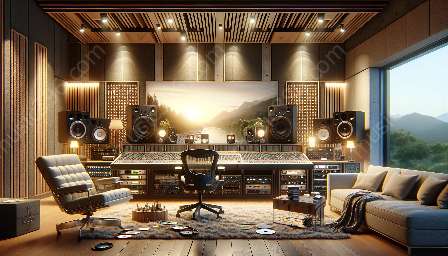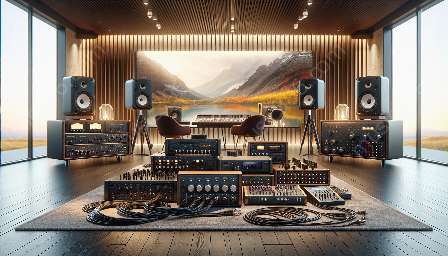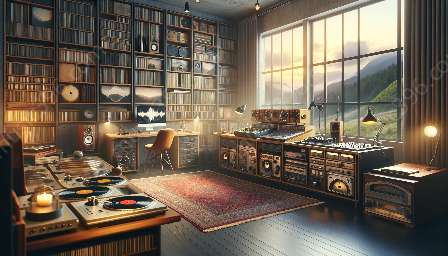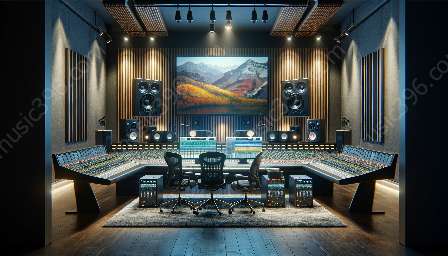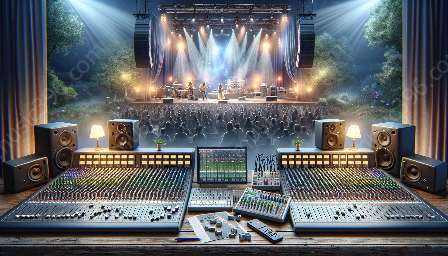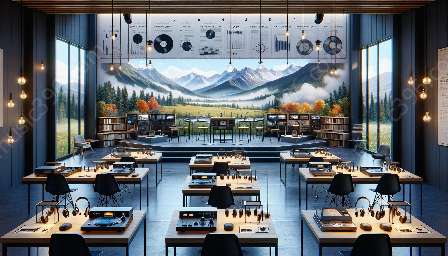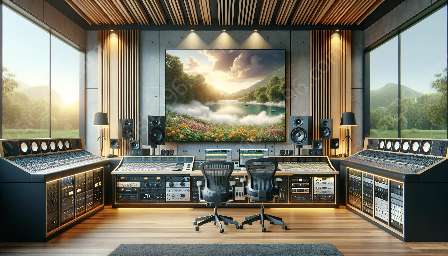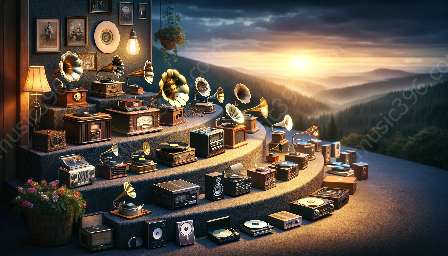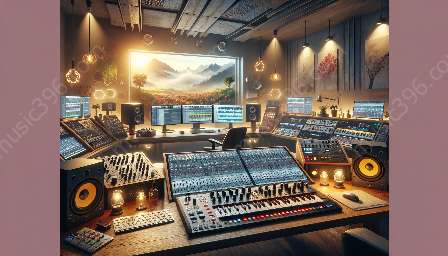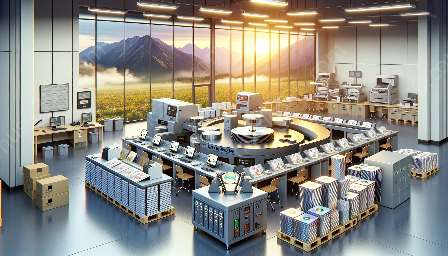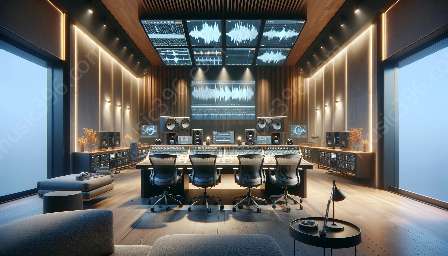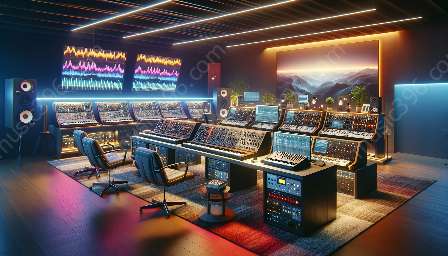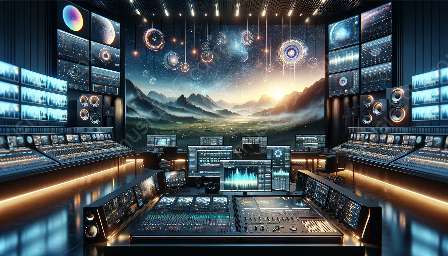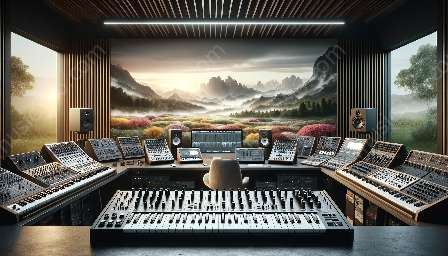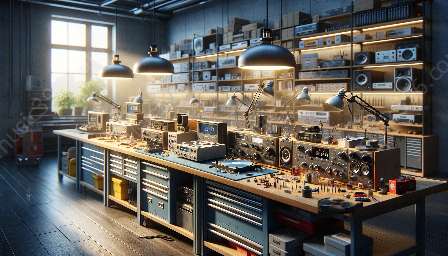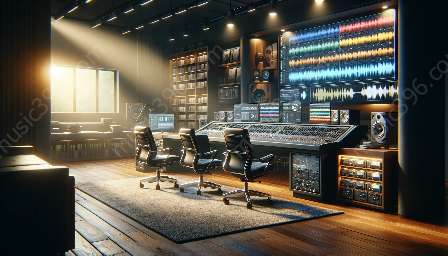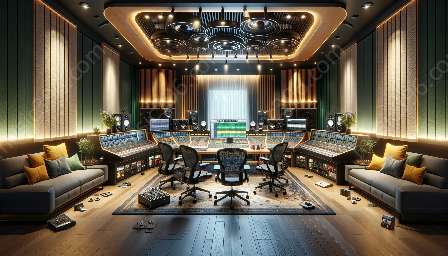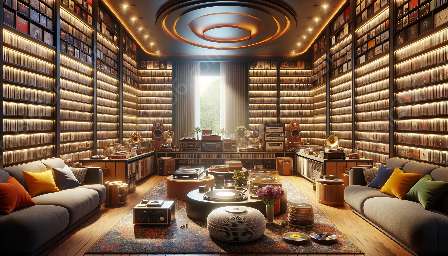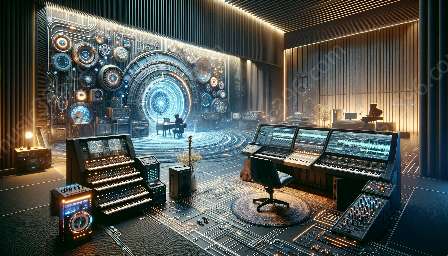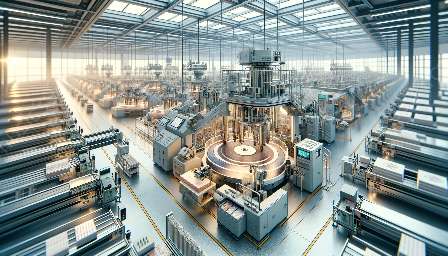Welcome to the world of sound architecture in music album production. This comprehensive guide explores the complexities of crafting immersive sonic experiences for albums, diving deep into the innovative techniques and cutting-edge technology that producers use to create impactful soundscapes.
Understanding Sound Architecture
Sound architecture in music album production refers to the deliberate arrangement and design of sound elements within a recording to achieve specific sonic effects and emotional impact. It involves manipulating various components of sound, including instruments, vocals, effects, and spatial positioning, to create a cohesive and engaging listening experience.
The Role of Producers in Sound Architecture
Producers play a crucial role in shaping the sound architecture of music albums. They work closely with artists and engineers to conceptualize, plan, and execute the sonic vision for the project. Producers leverage their expertise in sound design, mixing, and mastering to enhance the sonic textures and spatial dynamics of the music.
Techniques for Crafting Sound Architecture
1. Spatial Panning and Placement: Producers strategically position individual tracks within the stereo or surround sound field to create a sense of depth, dimension, and movement. This technique adds spatial richness and envelops the listener in a multi-dimensional sonic landscape.
2. Layering and Texturing: By layering multiple sound elements and textures, producers can enrich the sonic palette of a music album, adding depth, warmth, and complexity to the overall sound architecture. This technique allows for the creation of rich sonic tapestries that captivate the listener's attention.
3. Environmental Effects and Ambience: Utilizing reverb, delay, and other environmental effects, producers can simulate different acoustic spaces and atmospheres within a recording, enhancing the perceptual depth and immersion of the sound architecture.
4. Dynamic Range and Sound Transitions: Careful control of the music's dynamic range and seamless transitions between sections help shape the overall sonic architecture, creating impactful contrasts and emotional storytelling within the album.
Integrating Technology and Innovation
Advancements in technology have revolutionized the possibilities for sound architecture in music album production. From state-of-the-art recording equipment to cutting-edge software and plugins, producers have access to tools that enable precise control over every sonic detail.
Analyzing Album Production
When analyzing an album's production, it's essential to consider the intricacies of its sound architecture. Listeners can delve into the sonic nuances and spatial intricacies, discerning the intentional choices made by producers to craft a compelling and immersive listening experience.
CD & Audio Quality
The art of sound architecture in music album production is further highlighted when considering its presentation in CD and audio formats. The meticulous design of the sonic landscape must translate seamlessly to these formats, preserving the integrity of the sound architecture and delivering an optimal listening experience to the audience.
Conclusion
Sound architecture in music album production is a captivating blend of artistry, technology, and innovation. Producers craft immersive sonic experiences using a rich tapestry of techniques, working meticulously to shape the sonic landscape and enhance the emotional impact of the music. As technology continues to advance, the possibilities for creating impactful sound architecture in music album production are boundless, ensuring that the art form continues to evolve and captivate audiences worldwide.


